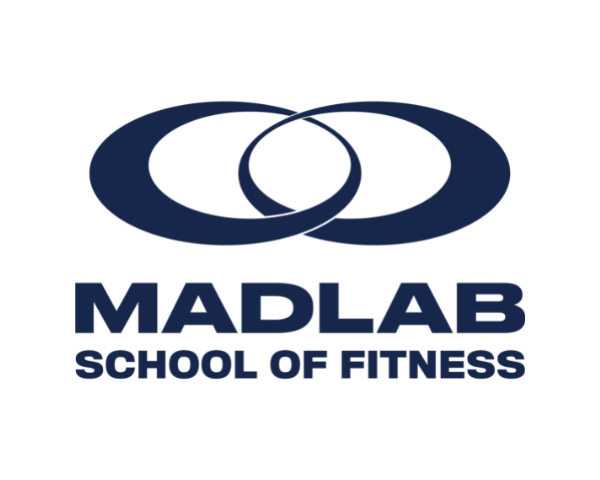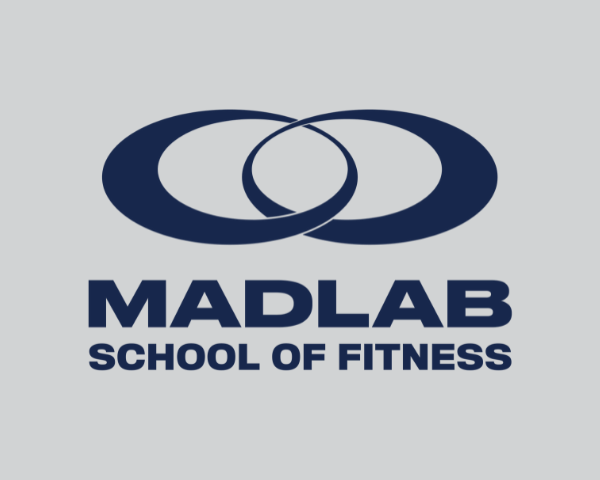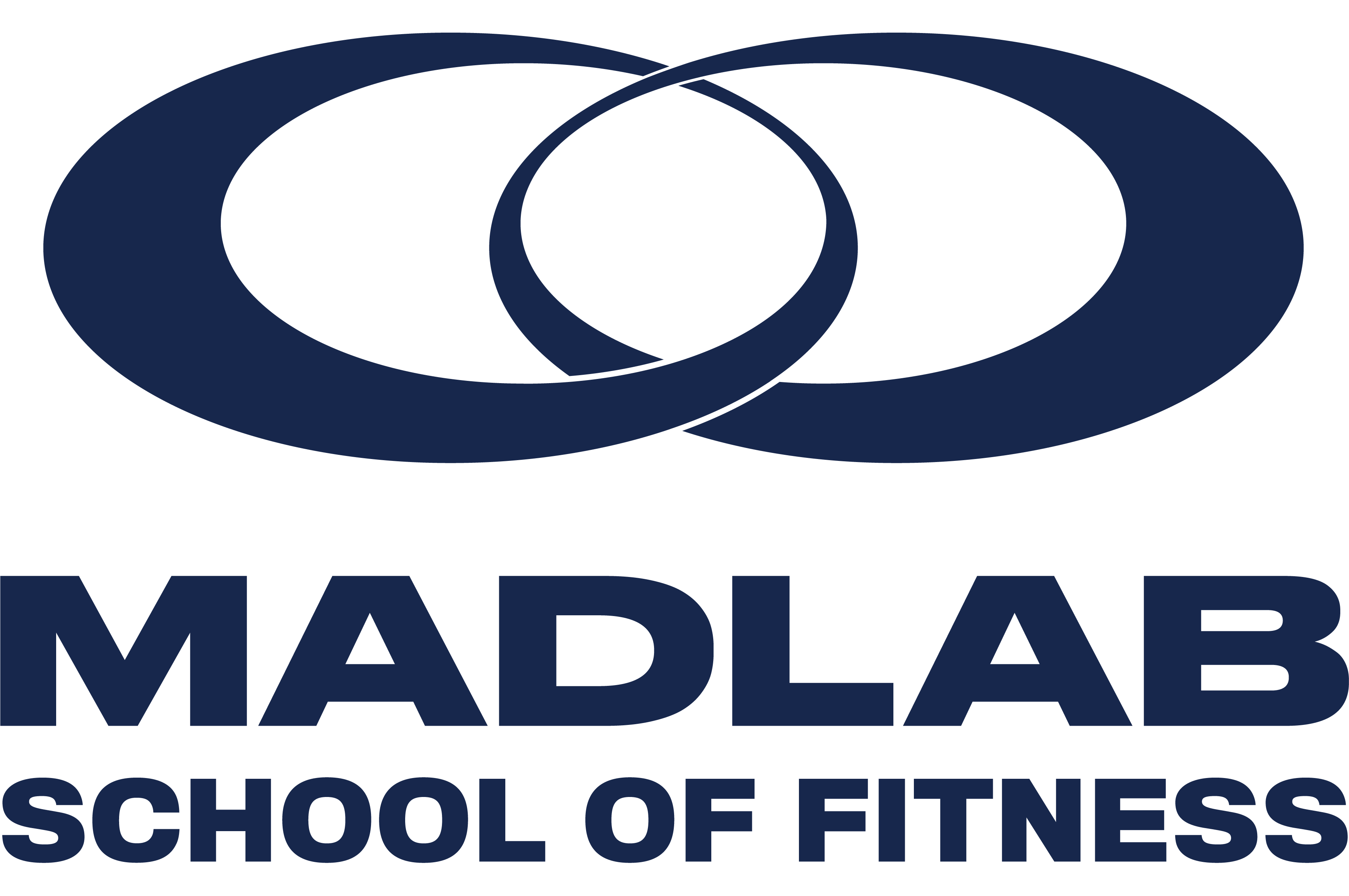

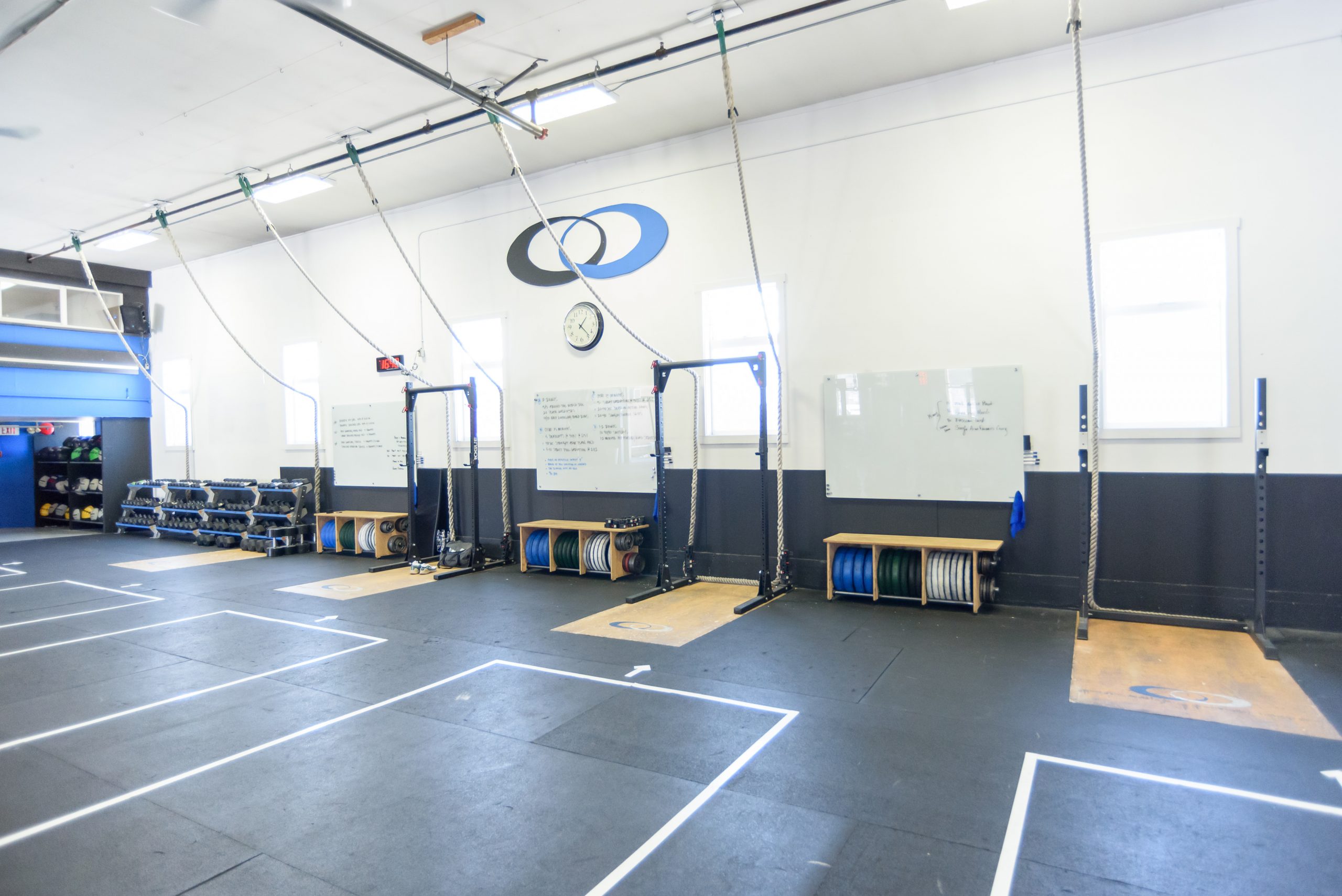
Madlab School of Fitness
A GREAT GYM
Madlab School of Fitness—which was once the first CrossFit gym in Canada called CrossFit Vancouver—was founded by Craig Patterson, a former mechanical engineer who worked for two Fortune 100 companies as well as founding his own sustainability and green building design engineering firm before getting into the fitness industry in 2004.
Since then, Patterson and his Madlab team have been obsessed with figuring out best practices so that all parties—the clients, the coaches and the business owner—can be successful long-term. In other words, we have become obsessed with best practices to build an ethical and sustainable gym.
Doing so has involved working with hundreds of small independent gym owners around the world since 2005 to ultimately come up with the nine laws for success—laws that, if followed, will lead to long-term success for all parties.
DOWNLOAD THE NINE LAWS
Discover the proven formula to propel you toward long-term success and set your business apart from the competition!
A HISTORY LIKE NO OTHER.
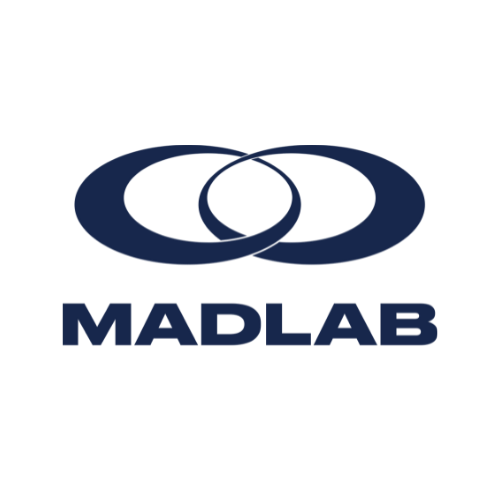
Seven Years Of Trial And Error.
2004 - WE NEED A BETTER WAY.
Madlab School of Fitness made all the same mistakes most gym owners make early on.
We focused on getting people through the doors as fast as possible and thought that being the best gym in town just meant offering the most intense workouts.
There were no metrics, and there was no data. We knew this needed to change.
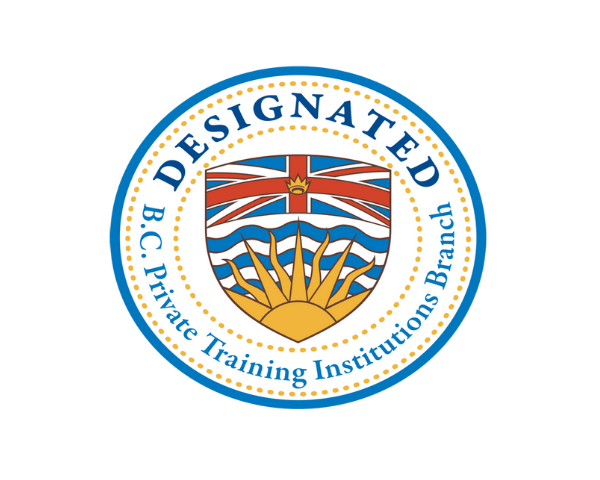
Accredited Facility.
2011 - APPROVED LEARNING.
As we honed in our client development process and coach compensation system, gyms from all over the world began inquiring about how Madlab School of Fitness was producing the results it was.
We wanted to share this information with as many people as possible.
This led to the creation of The Madlab Business Group and our accredited courses.
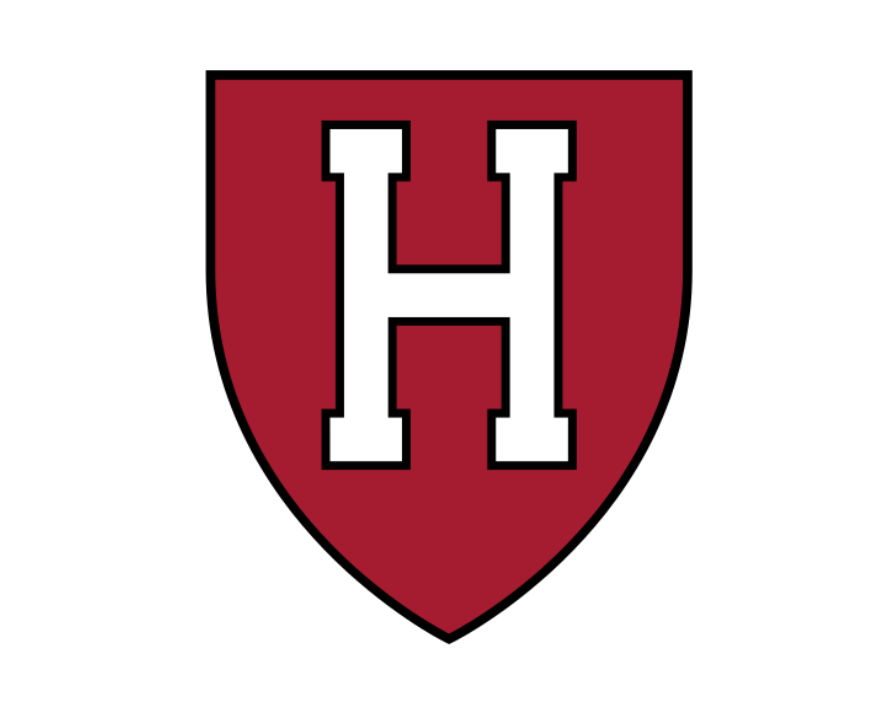
In Depth Harvard Study.
2015 - SCIENTIFIC RESEARCH.
After a one-year alpha study examining seven gyms, we followed that with a beta study of 33 gyms and a gamma study of 55 gyms.
These results were interesting enough for a Harvard MBA to conduct their own research and complete a six-month study examining metrics such as total revenue, profit and coach pay to name a few.

1600 Gym Meta Study.
In 2015 Zen Planner commissioned an 18 month, 1600 gym meta-study. We compared average client value and retention rates among 1,600 CrossFit affiliate gyms, Madlab’s flagship gym and the 80 Madlab gyms in our network at that time.
We found that implementing Madlab's nine laws not only produces more profit but leads to a higher client value and the best retention rates on record.
THE PILLARS OF MADLABS APPROACH
The Nine Laws.
SIMPLE YET EFFECTIVE.
Madlab's nine laws ensure that the business owner is successful in their endeavours, but they also provide coaches with an opportunity to have a lifelong career in the fitness industry.
The nine laws also ensure that the members in your gym are always on the winning side by providing them with the best coaching and training possible.
When push comes to shove, understanding and implementing Madlab's nine laws will take any fitness business to the next level.
Our Flagship Facility.
How do we know the nine laws work?
How do we know that the six KPI's matter?
We have been using them and honing them for the past 17 years at our flagship gym, Madlab School of Fitness.
Having a facility that lives and breaths everything we preach is why and how we can give no-nonsense, real-life examples of how we can help you change your life and change your business.
We aren't gurus; we are gym owners just like you.

Six KPI's.
THE NUMBERS RARELY LIE.
Madlab's six KPIs ensure that the nine laws are being utilized and producing results.
Tracking the data and knowing your numbers is critical when it comes to running a successful business. Understanding trends, setting goals and constantly reevaluating what is working and what is not is easier when concrete information is available.
OUR PEOPLE
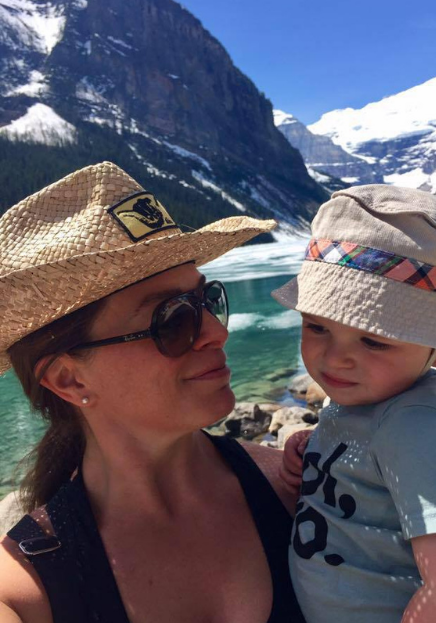
Audrey Patterson
"Squad"
Director - Owner Development
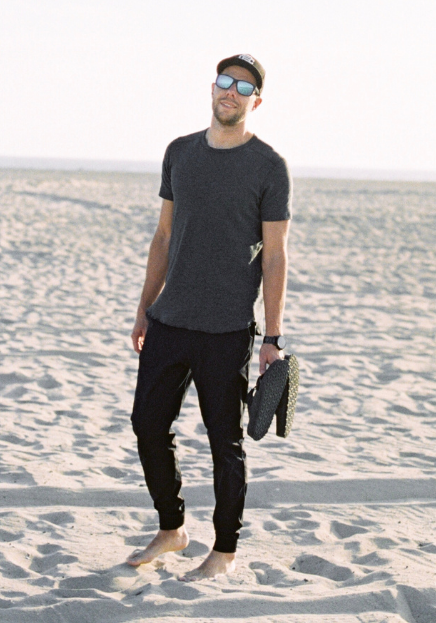
Tom Sarosi
Director - P.C.D.P & G.M at Madlab School of Fitness
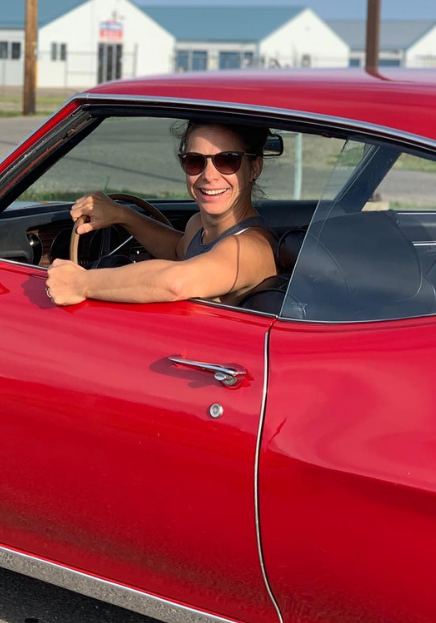
Kelly Hansen
"Dashie"
Education and
Administrative Assistant
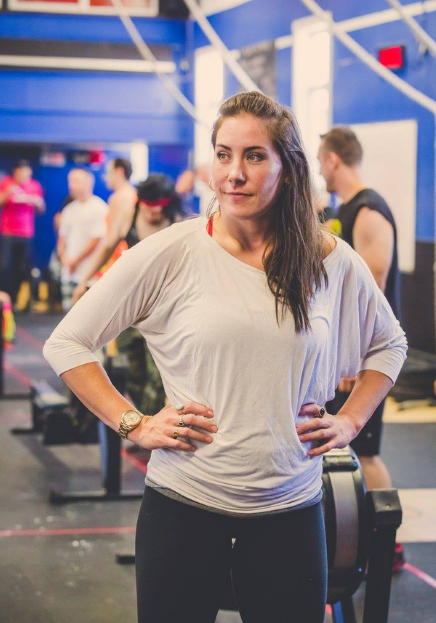
Emily Beers
Content Creation
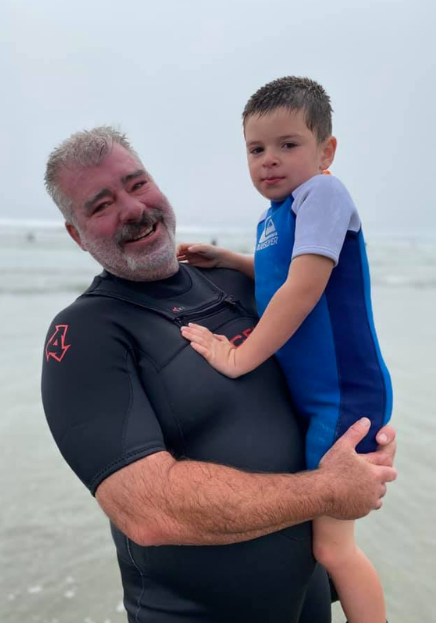
Craig Patterson
"Patty"
Founder and President
Menu
Contact Us
1980 Clark Drive
Vancouver, BC Canada
V5N 0A9
info@madlabbusiness.com
Follow Us

Copyright © 2023 Madlab Business. All Rights Reserved.

